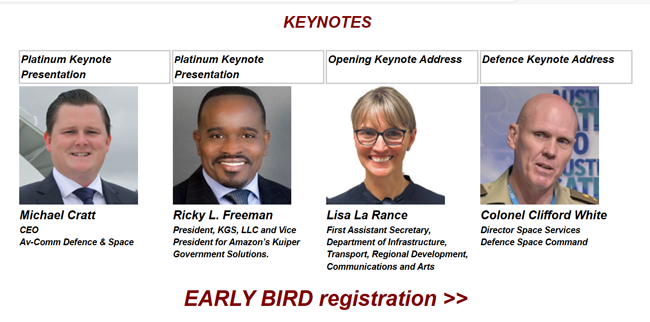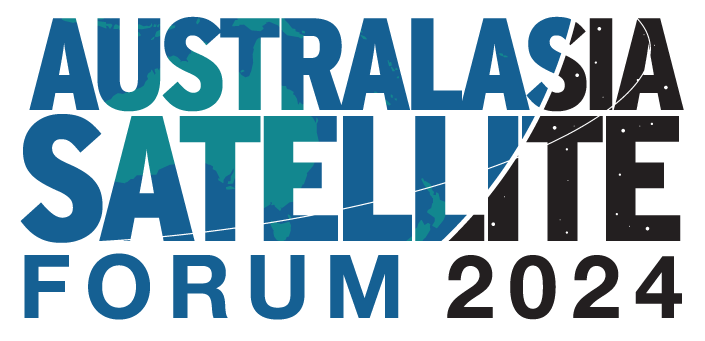|
Politicians query
benefits of US-Australia space launch treaty
The Australian space sector is
supporting a new treaty that will clear the regulatory
path for American companies to launch space craft from
Australia but there are some reservations from the
political sphere about the level of local benefit which
will derive from it.
The joint parliamentary committee
on treaties yesterday held a hearing on the proposed
agreement between the Australia and the United States of
America on Technology Safeguards Associated with United
States Participation in Space Launches from Australia.
The pact, signed last October, would
effectively safeguard American intellectual property and
strategic interests when using Australia to launch space
craft.
And while representatives of the
relevant government agencies and the space industry
itself are supportive of the deal—essentially a
prerequisite to American use of Australian
territory—politicians seemed more sceptical.
Chair Josh Wilson (Lab) and Senator
David Fawcett (Lib) peppered witnesses with questions
about whether Australia gained enough benefit from the
deal.
Burns asked government agency
representatives from Austrade, the Australian Space
Agency and the Department of Foreign Affairs and Trade,
“how is it that we can be confident that the TSA will
supplement and enhance Australia’s burgeoning space
sector as opposed to becoming a substitute or a
competitor?” He suggested there was potential for the
USA to “take advantage: of Australia.
He also raised the agreement’s
creation of “segregated areas” where “essentially the US
could operate in the absence of anyone else.”
He added “even the access to that
zone is then substantially restricted because of the
sensitivity of technology and all those things. There’s
nothing in the agreement that has local content
requirements or other things that would necessarily mean
that either Australian citizens or Australian companies
are involved.”
Senator Fawcett later asked whether
there would be a co design process and working groups in
order “to make sure that it’s not just the State
Department dictating to us what will happen on a case by
case basis, but we actually have in place a process
where we are doing what is in the nation’s interest in
terms of our whole of life cycle capability for space.”
Australian Space Agency GM space
policy Christopher Hewett said “In simple terms, the
agreement is required by the United States to ensure
that US space technology will be protected in Australia,
which in turn, will enable US companies, government
organisations and universities to undertake commercial
spaceflight activities in Australia. Australia has
negotiated an agreement that strikes the right balance
between protecting sensitive US technology while
unlocking benefits for Australia. It does not impede the
development of an Australian launch capability.” Hewett
also pointed out that the US had negotiated a similar
agreement with New Zealand and was in negotiations with
Japan.
“This highlights both the
importance of partnering with the US on spaceflight, but
also, the need for Australia to move quickly to
capitalise on opportunities under the TSA if we are to
grow a global and resilient spaceflight industry,” he
said.
Space Industry Association of
Australia chair Jeremy Hallett was even blunter. The
agreement “offered no surprises around the constraints
it called for in terms of technology protection around
the segregated areas and the requirements for that
technology to be protected. It’s similar to what’s in
other TSAs and it’s what we would expect from the way
that the US elects to protect its missile trade
technology control regime, category one technology. None
of that is a surprise to us.”
“Also, not a surprise is that the
TSA is not a technology-sharing or collaboration or
manufacturing partnership agreement. It’s not a trade
agreement. It was never pitched to us as such,” he
added.
“By and large, it’s a positive
thing and I’ll leave you with the simple fact in my
opening statement that without the TSA, it’s tantamount
to impossible to conduct space flight of US technology
in Australia,” Hallett said. “So at least with a TSA,
whatever constraints are placed on those activities,
they do become possible, which is a net benefit to
Australia.”
Equatorial Launch Australia CEO
Michael Jones told the committee of the opportunities
that had opened up to his company since the signing of
the agreement last October. “We have seen, particularly
since the signing of the TSA in October last year, a
massive uptick in interest of US companies either coming
to launch with us or engaging us to do services for
them,” Jones said. “Now, like everything commercially,
if we didn’t stack up or our technology wasn’t good
enough or our price isn’t right, they wouldn’t be
dealing with us just because of the TSA. But it has
certainly removed a mental block from US companies
saying that they come here. And it’s interesting on both
sides of the fence, we have European launchers who,
they’ve read in detail our TSA draft and going, Can we
use your US payloads on our rockets? And that’s
something they’re really interested in.”
However, there did remain some
outstanding issues. Hallett noted that some of the
definitions in the agreement were broad and may clash or
contradict those in other agreements such as those in
the AUKUS arena. And Jones suggested that the TSA was
not, in itself, a panacea, noting that he needed 32
separate regulatory approvals in Australia, including
with state governments and marine park authorities, to
conduct a launch. “This has to do with explosive
ordnance, transfer of dangerous goods, carriage of fuels
and oils and lubricants, etc. It is quite a big process
and we just wanted to make sure that our voice as an
industry player was, don’t go and make rules about us
that we have to jump through later on that are going to
be a bigger impediment to us moving forward.”
Jones believes that the deal would
help lead to a scenario by 2028-9 where his company may
be making 75 to 80 launches a year. And Hallett pointed
out that the agreement facilitated four, not one, new
sectors. “One is orbital launches, second is suborbital
launches, third is the testing of hypersonics glide
vehicles, which are often boosted on a rocket before
taking flight, and the fourth is returns, which is
spacecraft coming back to earth,” he said.
Grahame Lynch, Commsday
Australasia Satellite
Forum 2024
Contact: kfrench@talksatellite.com

Fullerton Hotel, Sydney
3-4 June 2024
TWO FULL DAYS - Where Satellite Leaders Speak!
Over 50 Top Quality Speakers
EarlyBird Registration >>>

Fullerton Hotel, Sydney
3 & 4 June 2024
SAVE
THE DATE
|
.png)